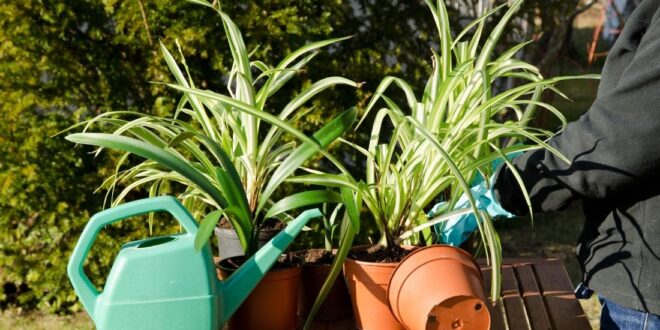Meet The Spider Plant
In this comprehensive guide, we’ll walk you through everything you need to know about Chlorophytum Spider Plant Care—from light and watering to soil, propagation, and troubleshooting common issues. By the end of this article, you’ll be well-equipped to keep your Spider Plant thriving and enjoy its effortless elegance.
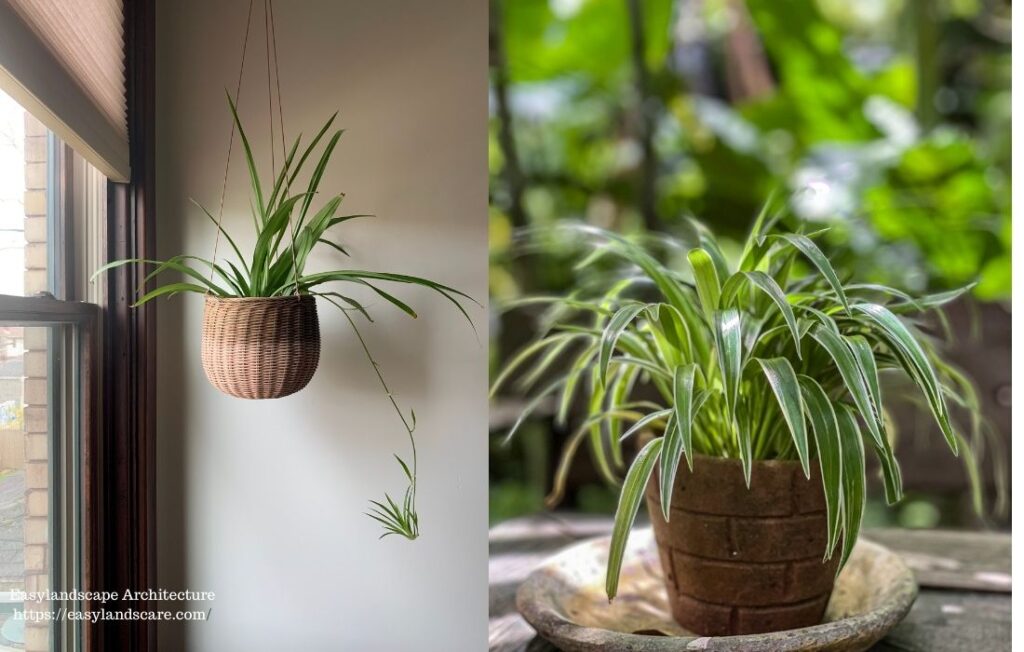
The Spider Plant (Chlorophytum comosum) is one of the most beloved houseplants for good reason. Known for its elegant arching leaves and adorable “spiderettes” (baby plants), this plant is not only beautiful but also incredibly easy to care for. Whether you’re a beginner just starting your indoor garden or a seasoned plant enthusiast, Spider Plants are the perfect addition to your home. Plus, they’re famous for their air-purifying qualities, making them both stylish and functional.
Why Choose a Spider Plant?
If you’re wondering why the Spider Plant is such a popular choice, the answer is simple: it’s a low-maintenance, visually appealing plant that offers plenty of benefits. For starters, Spider Plants are known for their ability to remove toxins like carbon monoxide and formaldehyde from the air, making your home healthier. On top of that, they’re incredibly forgiving, which means they tolerate a bit of neglect—perfect for busy individuals or forgetful plant parents.
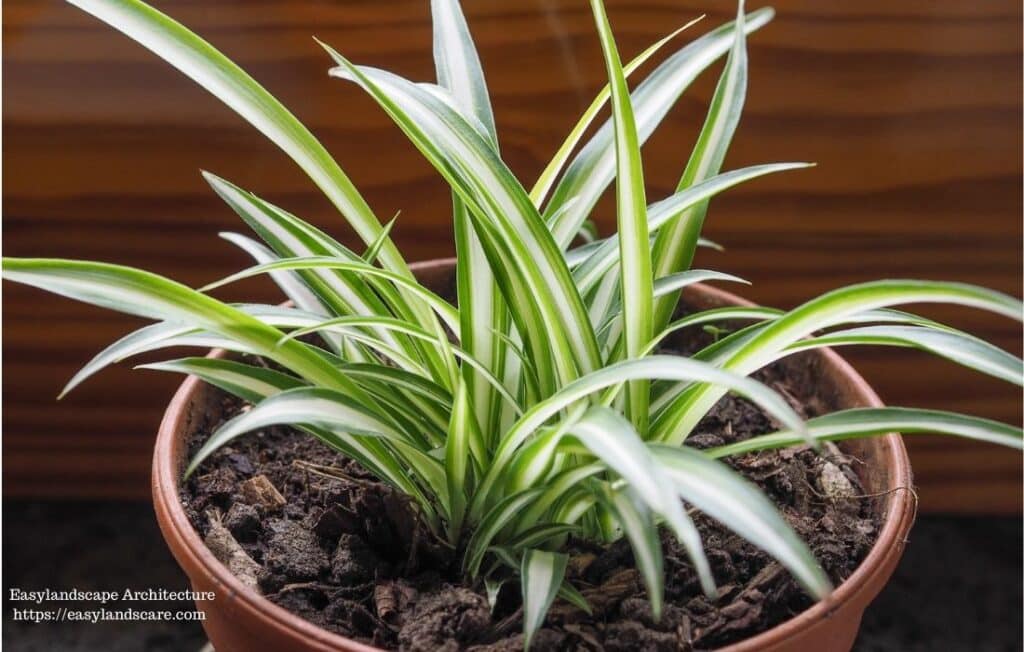
Another reason to love Spider Plants is their ability to propagate easily. The charming spiderettes they produce can grow into new plants with minimal effort, allowing you to expand your collection or share them with friends and family. With all these benefits, it’s no wonder that Spider Plant Care is a favorite topic among plant enthusiasts!
Essential Tips for Spider Plant Care
Light Requirements
One of the most important aspects of Chlorophytum Spider Plant Care is providing the right amount of light. These plants thrive in bright, indirect sunlight, which mimics their natural habitat under the canopy of tropical forests. However, they’re also quite adaptable, which makes them suitable for various indoor environments.
- Bright, Indirect Light: Place your Spider Plant near a window where it can receive filtered sunlight. Too much direct sun can scorch its leaves, so avoid placing it in harsh midday light.
- East or West-Facing Windows: These windows often provide the perfect balance of light intensity for Spider Plants.
- South-Facing Windows: If you’re placing your plant near a south-facing window, consider using sheer curtains to diffuse the strong sunlight.
- Lower Light Tolerance: While Spider Plants prefer bright light, they can tolerate lower light conditions. However, keep in mind that their growth may slow, and the variegation on their leaves might fade in dimly lit areas.
How Often to Water Spider Plant
Watering is another crucial element of Spider Plant Care, and finding the right balance is key. Overwatering is a common mistake, so it’s important to let the soil dry out slightly between waterings.
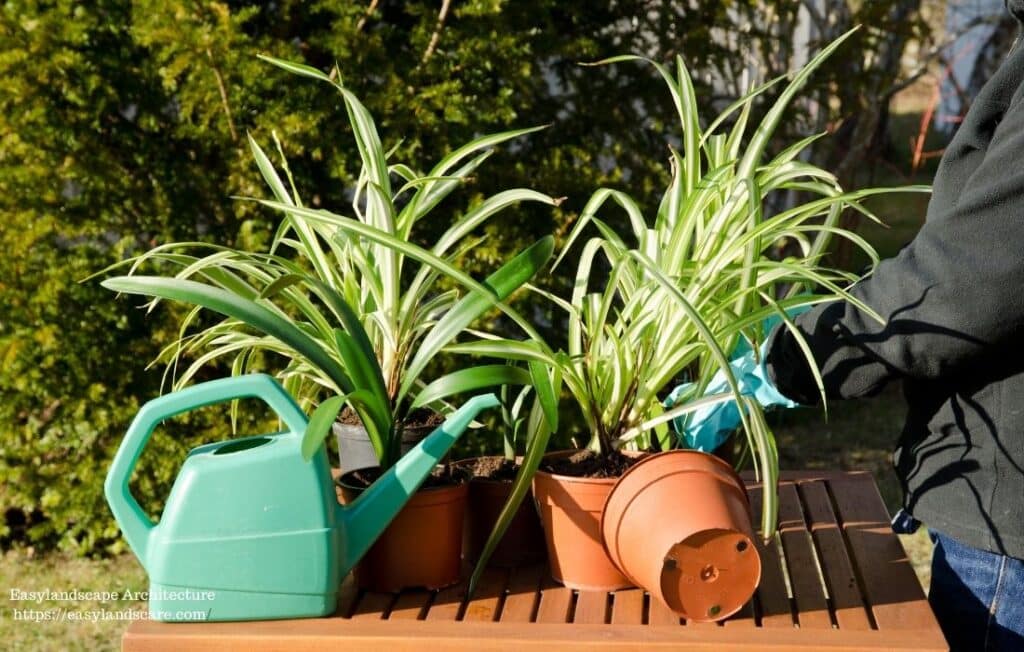
- Check the Soil: Before watering, check if the top inch of soil feels dry to the touch. If it’s still moist, wait a few more days.
- Thorough Watering: When it’s time to water, do so thoroughly until water drains out of the bottom of the pot. Be sure to discard any excess water to prevent root rot.
- Sensitive to Tap Water: Spider Plants can be sensitive to fluoride and chlorine in tap water, which may cause brown tips on their leaves. To avoid this, use distilled water, rainwater, or tap water that has been left out overnight.
- Adjust for Seasons: During the winter months, when the plant’s growth slows down, reduce the frequency of watering. Letting the soil dry out a bit more during this time helps prevent overwatering.
Humidity Preferences
While Spider Plants aren’t as fussy about humidity as some tropical plants, they still appreciate a bit of extra moisture in the air.
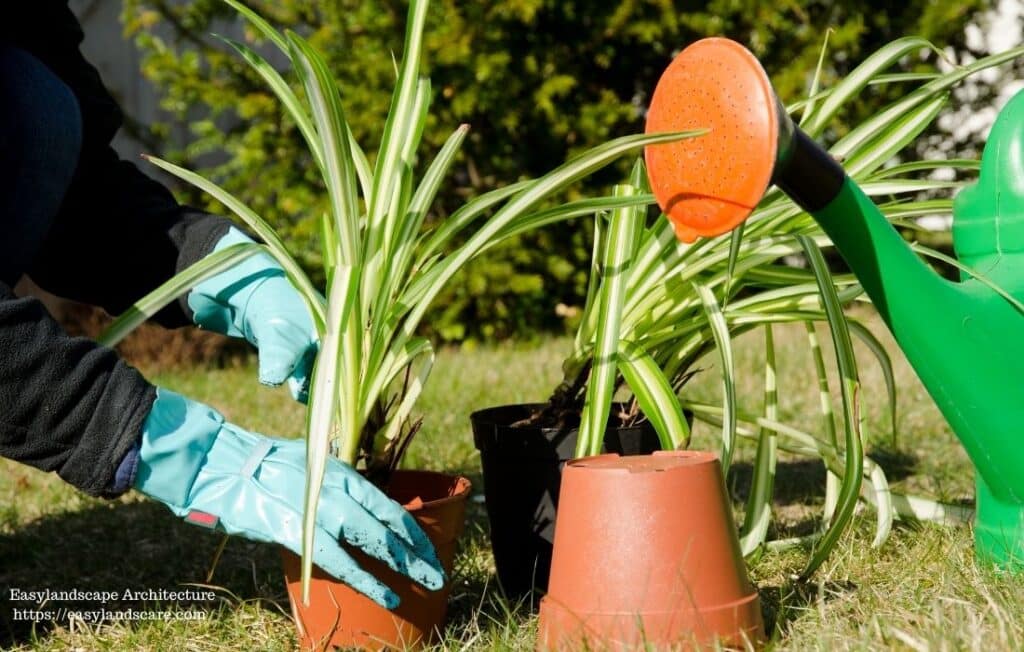
- Average Indoor Humidity: Spider Plants generally do well in average indoor humidity levels, so there’s no need to stress if you don’t have a humidifier.
- Boosting Humidity: If you live in a particularly dry climate or notice browning leaf tips, consider increasing humidity by misting the plant, using a pebble tray, or grouping it with other plants.
Temperature Preferences
Spider Plants are happiest in moderate indoor temperatures, making them ideal for most homes.
- Optimal Range: Keep your plant in a room where the temperature stays between 18-24°C (65-75°F).
- Avoid Extremes: Protect your Spider Plant from sudden temperature changes, drafts, and extreme heat or cold, as these can stress the plant and cause damage.
Soil and Potting
The right soil and potting setup can make a big difference in Spider Plant Care. These plants prefer well-draining soil that allows their roots to breathe.
- Well-Draining Mix: Use a general-purpose potting mix and amend it with perlite or sand to improve drainage.
- Repotting: Repot your Spider Plant every 1-2 years, preferably in spring. Look for signs like roots circling the pot or growing out of drainage holes to know when it’s time to repot.
- Pot Selection: Choose a pot with drainage holes to prevent waterlogging. A pot that’s only slightly larger than the current one is ideal.
Fertilizing
Spider Plants don’t require heavy feeding, but a little fertilizer during the growing season can help them thrive.
- Spring and Summer Feeding: Use a balanced liquid houseplant fertilizer diluted to half strength every 2-4 weeks during the spring and summer.
- Pause in Winter: Stop fertilizing in the fall and winter months when the plant’s growth naturally slows down.
- Avoid Over-Fertilizing: Too much fertilizer can lead to brown leaf tips, so it’s better to under-fertilize than overdo it.
How to Propagate Spider Plant
One of the most rewarding aspects of Spider Plant Care is propagating new plants from the spiderettes. These baby plants grow on long stems and are easy to root.
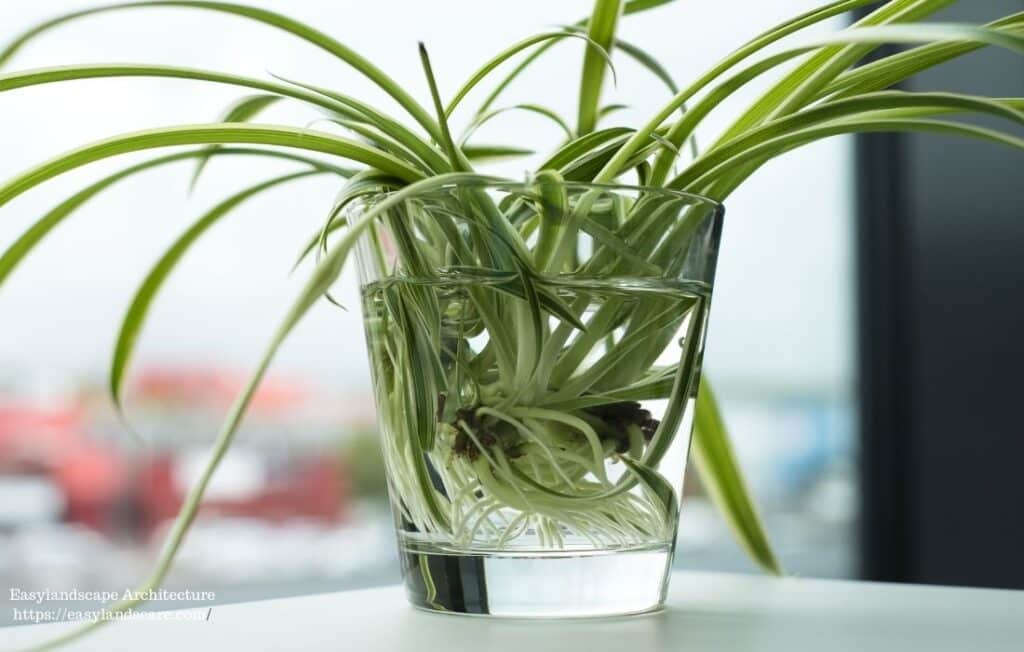
Separating Spiderettes
- Wait until the spiderettes have small roots of their own.
- Use clean, sharp scissors to snip them off the stem.
- Plant the spiderette in a small pot with well-draining soil and keep the soil moist until it establishes.
Rooting in Water (Optional)
If you prefer, you can root the spiderettes in water before planting them in soil. Simply place the base of the spiderette in a glass of water, ensuring the leaves stay above the waterline. Once roots develop, transfer the plantlet to soil.
Troubleshooting Common Spider Plant Issues
No matter how diligent you are, you might encounter a few challenges with your Spider Plant. Here’s how to address some common problems:
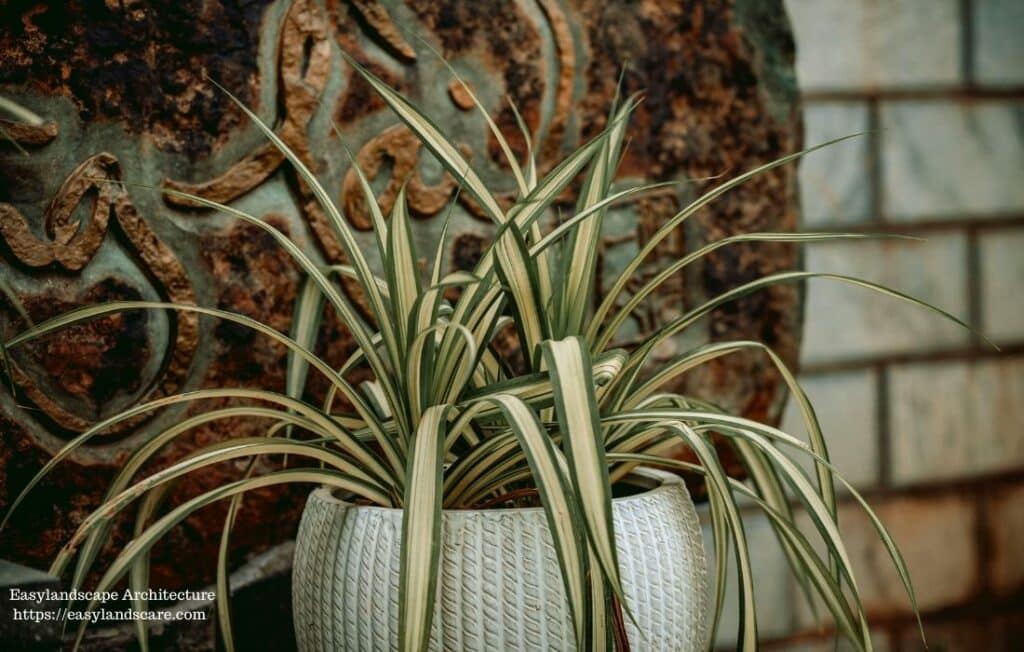
- Brown Leaf Tips: Often caused by fluoride in tap water, low humidity, or over-fertilizing. Switch to filtered water, increase humidity, and cut back on fertilizer.
- Yellowing Leaves: This can be a sign of overwatering, underwatering, or nutrient deficiency. Check your watering habits and consider fertilizing.
- Drooping Leaves: Drooping can indicate overwatering, underwatering, or extreme temperatures. Adjust accordingly.
- Lack of Spiderettes: If your plant isn’t producing spiderettes, it may not be getting enough light or could be too young. Move it to a brighter spot and give it time to mature.
Why Spider Plant Care is Worth It
Taking care of a Spider Plant is not just easy—it’s incredibly rewarding. These plants bring life and vibrancy to any indoor space while improving air quality and offering a chance to propagate new plants. Whether you’re placing one on a shelf, hanging it in a macrame holder, or gifting a propagated spiderette to a friend, Spider Plants never fail to impress.
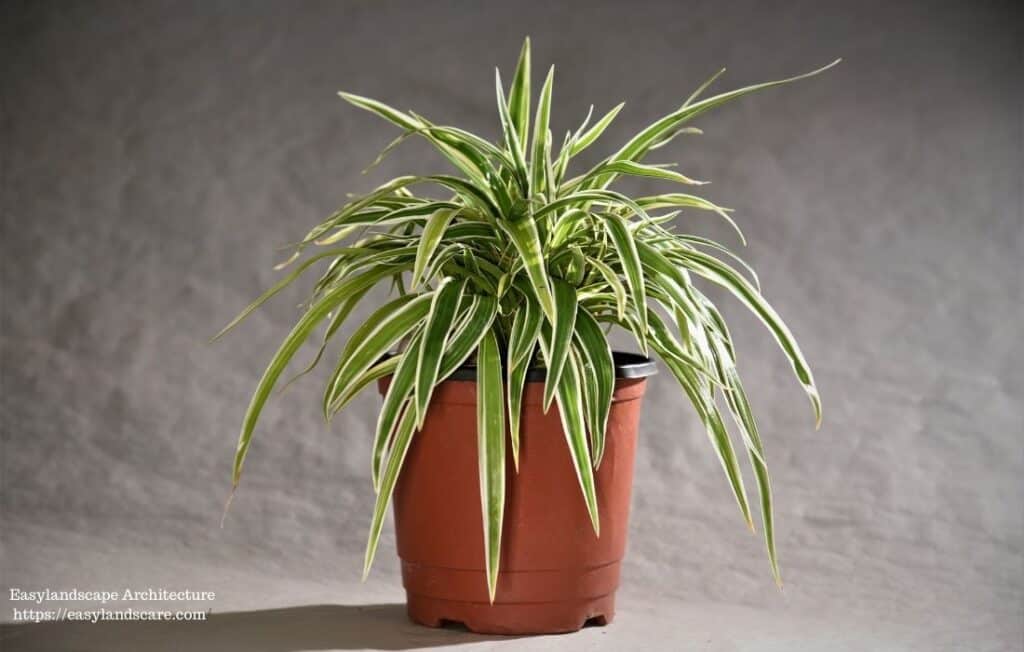
By following the tips outlined in this guide, you’ll master Spider Plant Care in no time. Remember to provide bright, indirect light, water when the soil is dry, and use well-draining soil. With just a little attention, your Spider Plant will thrive and reward you with its graceful foliage and adorable spiderettes.
So, why wait? Start your journey with Spider Plant Care today and enjoy the beauty and benefits of this timeless houseplant! If you would like to learn more detailed and in-depth information about the Spider plant, we recommend you read our article The Spider Plant: More Than Just a Pretty Leaf

